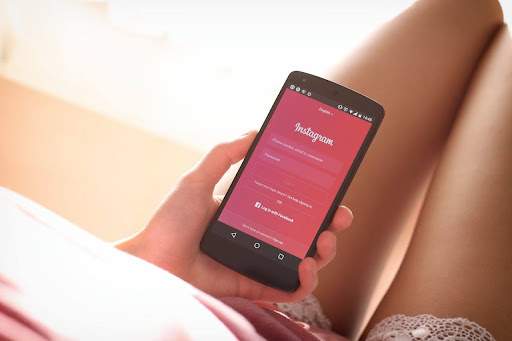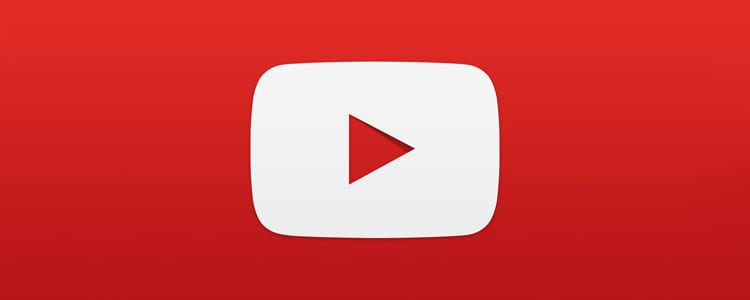You’ve built a strong funnel, written sharp emails, and fine-tuned your offer—yet the results still vary. Some leads ghost you and others convert instantly, and it makes no sense on the surface. They visit the same pages, fill out the same forms, and get the same follow-ups. The difference usually comes down to overlooked factors. From response time to offer relevance, small issues can push leads away and hurt your marketing results. Learn what drives that split now and take action to turn more leads into conversions without guessing. Here are 7 overlooked reasons why leads vanish—or convert instantly and how to fix them so you close more deals.
- Your Offer Doesn’t Match Their Real Intent
- Slow Response Times Push Leads Away
- Your Forms May Be Asking for Too Much, Too Soon
- Personalization Isn’t Really Personal Anymore
- You’re Not Nurturing Cold Leads the Right Way
- Timing and Budget Aren’t on Your Side—Yet
- Sales and Marketing Aren’t Aligned on Follow-Up
1. Your Offer Doesn’t Match Their Real Intent
Leads vanish when your offer doesn’t match what they want. Some visitors only want quick pricing info but get pushed into booking a full demo, so they ghost you. Not every click comes with strong intent, so study how leads enter your funnel. Traffic from high-intent sources converts faster because visitors already trust your brand.
This is where the benefits of paid social ads stand out. Paid social targets people with interests matching your offer, pulling in warmer, better-qualified traffic. Pair strong ads with CTAs that fit each lead’s stage. A thoughtful match keeps interest alive and moves people to action instead of scaring them away. Better traffic means better conversions.

2. Slow Response Times Push Leads Away
Slow responses are one of the main lead ghosting causes. Responding fast can make or break your marketing results. Prospects expect near-instant answers, especially from automated funnels. Lead conversion rates can drop by 400% if your reply lags just ten minutes. An auto-response alone feels robotic—pairing quick timing with a human tone earns trust.
Smart CRM alerts and instant mobile notifications keep your team ahead, so no lead goes cold. Marketing agencies, SMBs, and consultants who prioritize fast follow-ups win more deals and build stronger relationships. Speed shows you care and keeps your prospects engaged before they drift to competitors, ready to answer first.
3. Your Forms May Be Asking for Too Much, Too Soon
Too many fields on your forms can kill conversions fast. Long or overly personal questions push prospects away before trust exists. Asking for a phone number upfront often scares off fresh leads who aren’t ready to share that detail yet.
Try progressive profiling instead—collect basic info first, then gather more through follow-ups and smart automation. Keep your forms short, clear, and to the point, especially at the first touch. Save longer forms for leads that have already shown real interest. By trimming the questions, you boost sign-ups and keep your pipeline healthy without scaring off good prospects.

4. Personalization Isn’t Really Personal Anymore
Slapping a first name on an email won’t cut it anymore. Buyers want to see their real problems reflected in your messages. Campaigns that match actual behavior convert more than generic blasts. Use dynamic content blocks triggered by what contacts do, not just who they are. Companies with strong personalization strategies can generate 40% more revenue from personalization than those with weaker strategies.
One SaaS company, for example, segmented leads by the feature pages they visited most. Prospects who spent time on the analytics page received follow-up emails with case studies focused on reporting benefits. This simple adjustment increased demo bookings by 28% in one month.
Pull fresh data from your CRM, like pages viewed or products browsed, to craft content that speaks directly to them. Digital marketing agencies and consultants who go beyond surface-level details stand out. True personalization feels like you wrote that message for one person, not thousands. Stop blending in—speak to what matters now.
5. You’re Not Nurturing Cold Leads the Right Way
Many leads vanish because your follow-up feels stale. A cold lead needs time and variety to warm up before they trust you. Sending the same pitch week after week won’t fix this. Rotate your approach—mix educational content, fresh case studies, helpful tools, or industry benchmarks that prove your value.
Show you understand their pain points and can help solve them. Drip campaigns feel human, not robotic. Cold leads can wake up when your emails feel relevant and useful. Stop recycling bland pitches—deliver real reasons to re-engage and watch more contacts convert.
6. Timing and Budget Aren’t on Your Side—Yet
Many contacts ignore your pitch simply because they’re not ready to buy yet. That’s often why one lead disappears while another buys. Good marketing automation can recycle those same leads without extra effort. Build re-engagement workflows that check back in at 30, 60, or 90 days. A well-timed message can catch their attention once budgets or timing align.
Add soft exit options like a “Not ready yet?” button to keep the door open. These tactics save money and help close more deals later. Don’t toss cold leads—work them patiently and keep your pipeline warm.
7. Sales and Marketing Aren’t Aligned on Follow-Up
Leads often disappear because sales and marketing send mixed messages. Automation helps reduce bounce rates, but only if both teams stick to the same plan. A lead nurtured one way by marketing can lose interest fast if sales calls don’t match that tone. Use shared playbooks for hot, warm, and cold contacts, so follow-ups stay clear and steady.
Keep everyone aligned with live dashboards that show where each lead stands. With a tighter handoff, you will see better marketing results and more closed deals without wasting good leads. Clear alignment means no dropped calls, no missed emails—just smooth, steady progress from click to contract.
Stop Guessing Why Leads Don’t Convert —Start Testing What Actually Works
If some leads ghost you and others convert instantly, there’s always a reason. Poor timing, mismatched offers, weak follow-ups, or a confusing form can all drive people away. You don’t need to overhaul your entire strategy when fixing low lead conversion—you just need to track where the drop-offs happen and test small changes. Adjust your message, tweak your timing, and refine how you score and segment. Use real behavior data to guide decisions instead of relying on assumptions. That’s how you stop losing leads and start building consistent conversions.
If you’re curious where your funnel might be leaking leads, you can check out this funnel breakdown for ideas and inspiration.
Don’t forget to share this article


